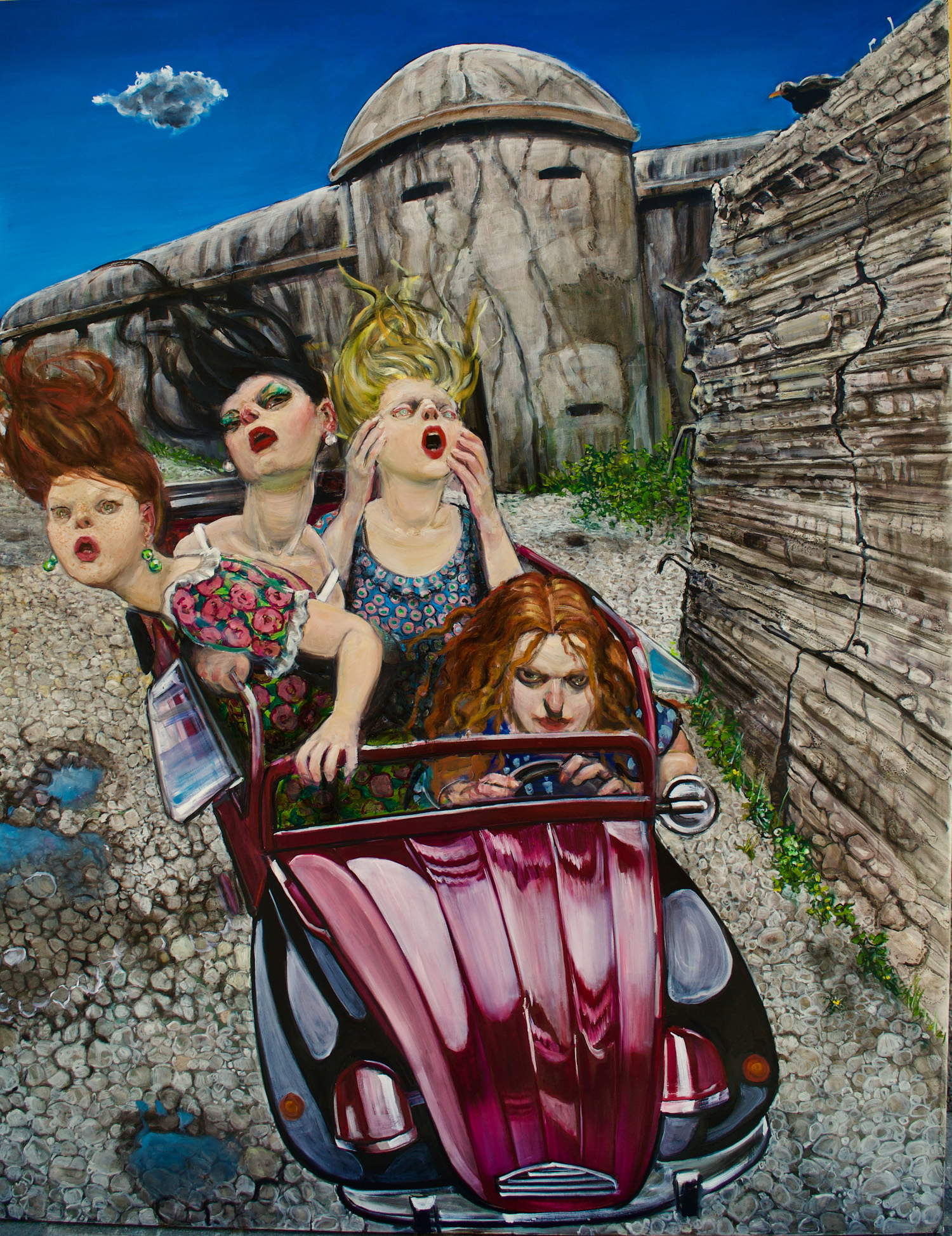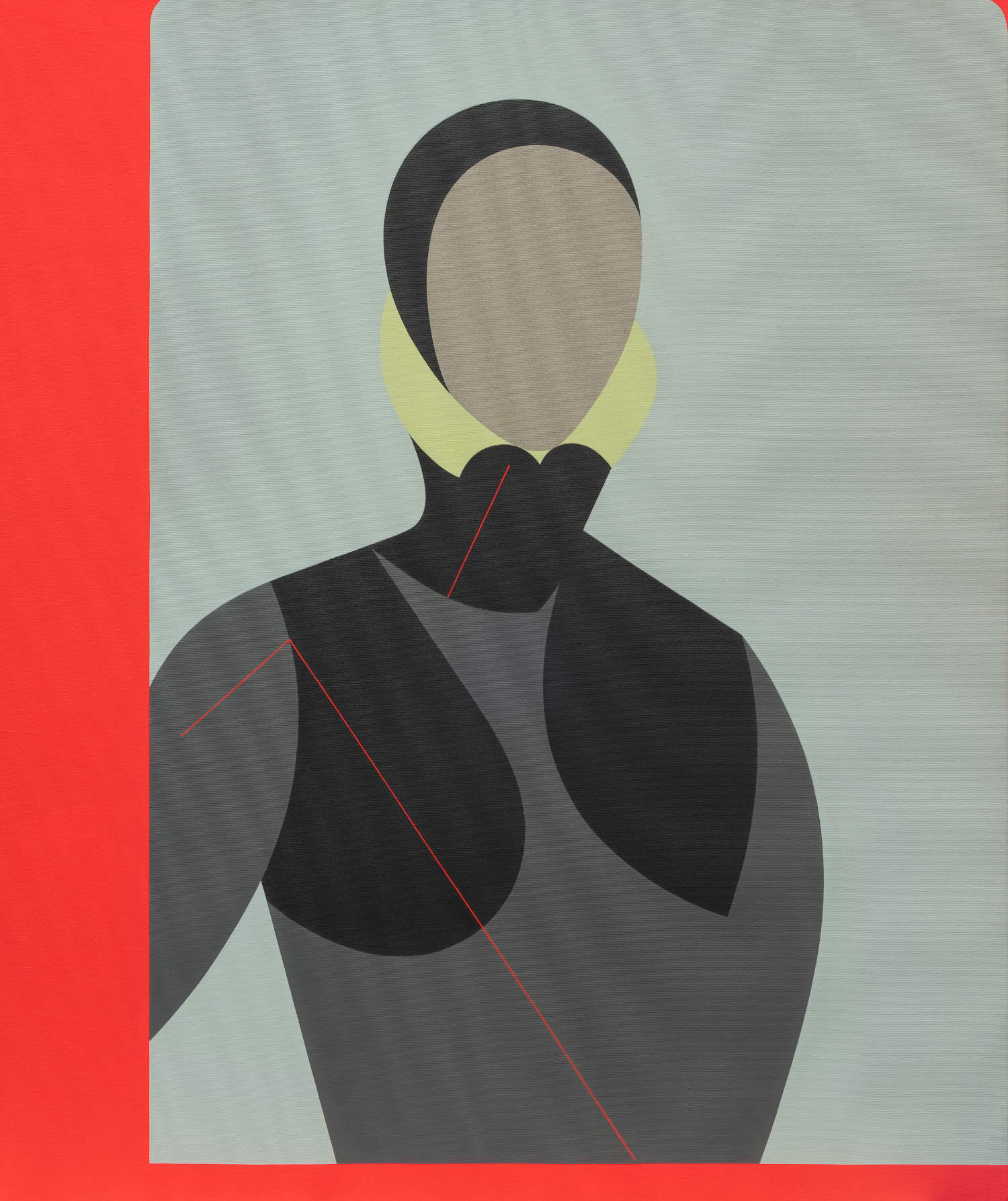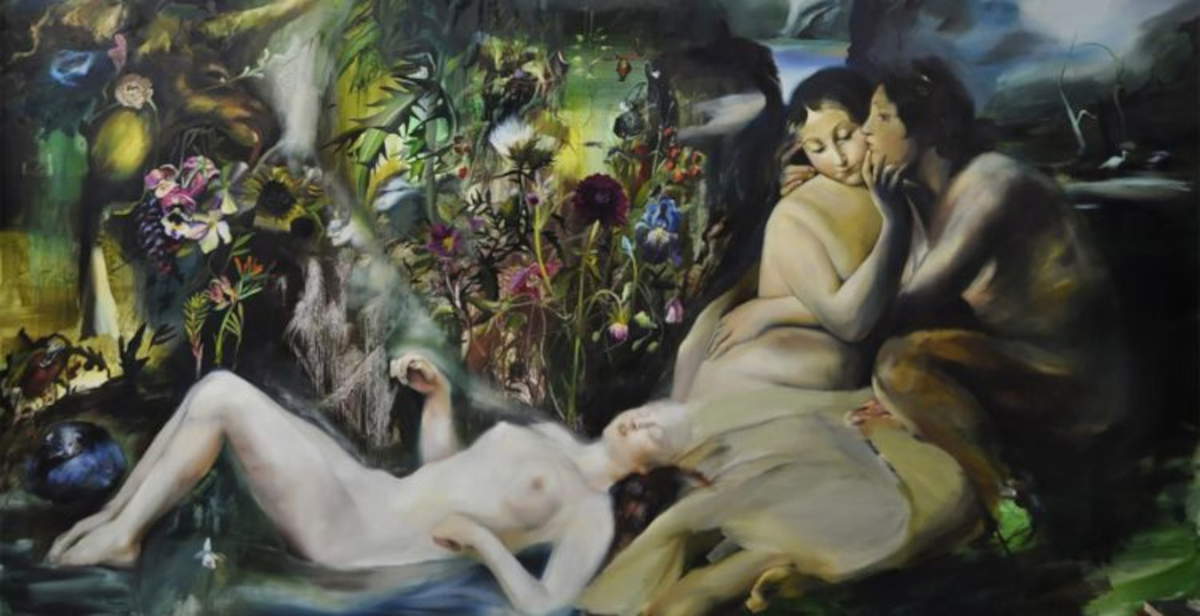From October 10 to November 30, 2025, the Complesso monumentale della Pilotta in Parma will host the exhibition Bella figura. Pittura italiana d’oggi, an exhibition project that aims to document the still central role of the human figure in contemporary pictorial research. The initiative, curated by Camillo Langone and promoted by the Ministry of Culture ’s General Directorate for Contemporary Creativity together with the Pilotta itself, presents several Italian artists, some established, others belonging to more recent generations, brought together in the spaces of the Voltoni del Guazzatoio, the Renaissance area that usually hosts temporary exhibitions and installations in the complex. The exhibition is freely accessible to the public and aims to outline as representative a picture as possible of current Italian figuration, through a set of works that, despite the diversity of approaches, share a focus on the body and its ability to condense cultural, symbolic and identity meanings.
The exhibition includes 44 paintings, all recently executed and in several cases made especially for the occasion. These are works that, while rooted in the classical and Christian tradition, intend to interpret themes, iconographies and questions of contemporaneity. The beautiful figure in fact represents a principle of harmony, proportion and order that has accompanied Italian culture from the Renaissance to the present day, and which continues to exercise a relevant role even within the most current research. The artists involved, among whom are Adriano Annino, Chiara Baima Poma, Chiara Calore, Omar Galliani, Daniele Galliano, Giovanni Gasparro, Ester Grossi, Giuliano Guatta, Miriana Lallo, Giulia Mangoni, Fulvia Mendini, Rocco Normanno, Rodolfo Papa, Mauro Reggio, Enrico Robusti, Lorenzo Tonda, Nicola Verlato and Daniele Vezzani, autonomously and often divergently interpret the notion of the figure, proposing formal solutions that range from analytical naturalism to symbolic compositions, to languages that, while remaining faithful to the figurative datum, dialogue with models and atmospheres of contemporary visual culture.



"Bella figura. Italian Painting Today is a declaration of love addressed to beauty, its eternal truth and its living contemporaneity," says Minister of Culture Alessandro Giuli. “What is particularly striking is the Italian-ness and intergenerational variety of the authors. It is a courageous and noble gaze turned to the present, because beauty is either perennial, and therefore current, or it is not; but it is also a gaze turned to the future, because it is persuaded by the hope that beauty still knows how to inspire new generations, and manifest itself in every time and at every crossroads of history.”
“The painters presented here,” explains Angelo Piero Cappello, Director General Contemporary Creativity of the Ministry of Culture, “recover the figurative tradition with strength and originality, questioning how to represent the human being in our time. Their works dialogue with the long history of Italian portraiture, reinventing its codes and updating its languages, in a continuous balance between form and vision.”
The exhibition is divided into two main sections, the Modern and theEternal, flanked by two thematic nuclei dedicated respectively to Portraiture andSacred Art. The juxtaposition of these four areas does not aim to define rigid compartments, but rather to present a reading system to orient the visitor within the variety of proposals. The Modern brings together works that take as their reference the present in its most recognizable manifestations: figures related to everyday life, symbols of popular culture, and images that intend to fix elements destined, according to the curators’ interpretation, to become documents for the museums of the future. In this section there seems to emerge a focus on the social dimension of the image and its transformations, which are addressed with different looks and techniques. TheEternal section, on the other hand, brings back interest in archetypes that run through art history: classicism, myth, religion, and forms of expression that resist the contingencies of the present.


Here the figure is interrogated as a subject carrying a layered symbolic deposit, retrieved through quotations, reinterpretations or allusions to the great traditions of the Western image. The curatorial approach thus seems to invite us to observe how contemporary artists do not give up their confrontation with roots, even when they rework them according to personal perspectives or distant from canonical modes. The Portrait occupies an autonomous role because of its foundational function within figuration. The works included in the core show the breadth of strategies with which artists deal with the face and the body, in an attempt to restore its individuality, character and psychological dimension as well. The centrality of the human being here becomes a formal and conceptual element, as portraiture requires a balance between observation, interpretation and narrative construction.
Finally,Sacred Art represents a particularly delicate area, in which the artists called upon to intervene seek a balance between expressive research and devotional needs. The paintings in the exhibition address religious themes through different modalities: some confront traditional iconographies, others propose interpretations marked by a spiritual deepening, at other times by a reflection on the survival of the sacred in the contemporary imagination. The presence of the core suggests how current pictorial production, though within a plural cultural context, continues to interrogate a theme that has played a decisive role in Italian art history.
Alongside the intention to photograph the situation of current figuration, Bella figura is part of a project at the Pilotta linked to new acquisitions, which renews the collecting tradition of the complex dating back to the Farnese family. In fact, a selection of the works on display will become part of the permanent collections, helping to expand a heritage that over the centuries has integrated relevant evidence from different artistic epochs. The entry of contemporary works responds to the institution’s desire to maintain a dynamic relationship with the present, in line with the practices adopted by many European museums that integrate recent works into their collections to document the evolution of current research.


“The paintings presented are all recent, several are very recent, and some are even made ad hoc,” adds curator Camillo Langone. “Approaching them, one can feel the breath of the Spirit of Time. The list of invited artists, all Italians obviously living and working, is drawn up to offer, though without balancing, a variety of generations, sexes, styles. Since, and it is shown in the exhibition, one can make a good impression in a variety of ways, from the most realistic to the most geometric.”
“The exhibition invites us to open our eyes, to feel volumes, colors and lines and to reason about the frontiers of national anthropocentric figurative art: a tradition of which the Pilotta offers fundamental past testimonies, in an abecedary of forms ranging from Antelami to Bocchi, through the eternity of Correggio,” stresses Stefano L’Occaso, Director of the Pilotta Monumental Complex.
The exhibition is accompanied by a catalog published by Grafiche Step. Media partner of the initiative is Sky Arte, which is committed to spreading the project through its channels.
Hours: Tuesday through Sunday from 9 a.m. to 7 p.m. Closed Mondays.
Tickets: Full 18 €, reduced groups 14 € (groups of adults 10-30 px), reduced 18 to 25 € 2 The ticket includes a visit to the museums of the Pilotta Monumental Complex (Archaeological Museum, Teatro Farnese, National Gallery, Palatina Library and Bodoni Museum).
 |
| Parma's Pilotta presents Bella figura: Italian figurative painting between modern and eternal |
Warning: the translation into English of the original Italian article was created using automatic tools. We undertake to review all articles, but we do not guarantee the total absence of inaccuracies in the translation due to the program. You can find the original by clicking on the ITA button. If you find any mistake,please contact us.